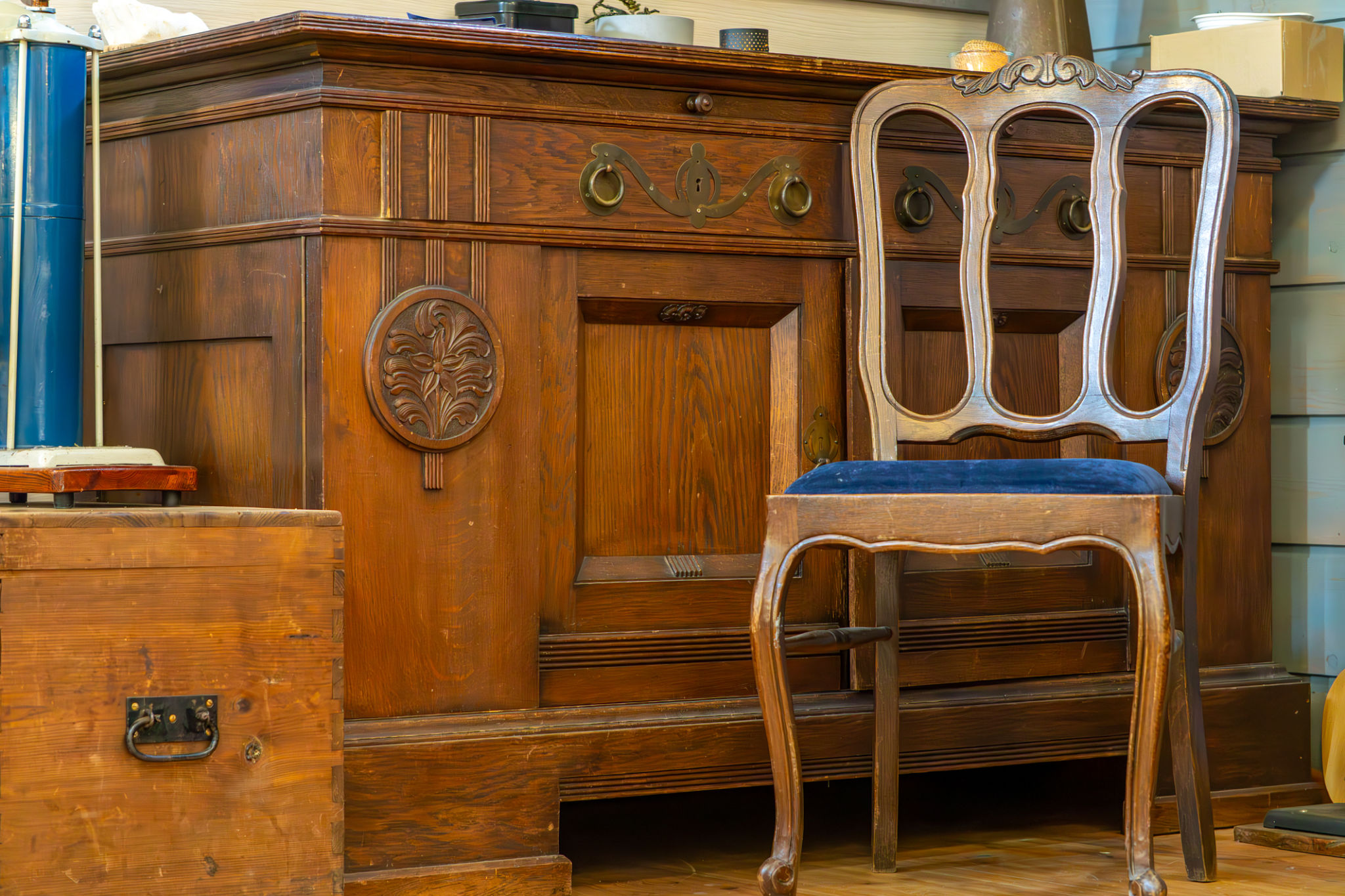How to Safely Move Antiques and Fragile Items
Understanding the Importance of Proper Packing
When it comes to moving antiques and fragile items, prioritizing their safety is crucial. These items often hold significant financial and sentimental value, making it essential to handle them with the utmost care. Proper packing is the first step in ensuring their safe transport. By investing time and resources in quality packing materials and techniques, you can significantly reduce the risk of damage.
It's important to assess the specific needs of each item. Consider the material, shape, and any existing vulnerabilities. For instance, items made of glass or porcelain require different handling compared to wooden antiques. Tailoring your packing approach based on these factors will help in safeguarding your cherished possessions.

Choosing the Right Packing Materials
To protect your antiques and fragile items effectively, selecting the right packing materials is essential. Start with high-quality packing paper, bubble wrap, and sturdy boxes. For extra protection, consider using specialty boxes designed for specific items like mirrors or artwork. Double-walled boxes are ideal for heavier or more delicate pieces.
Use bubble wrap generously around each item, paying extra attention to corners and edges. Secure the wrap with packing tape to ensure it stays in place during transit. Additionally, fill any gaps in the box with packing peanuts or crumpled paper to prevent movement.

Labeling for Easy Identification
Clear labeling is a simple yet effective way to ensure that your fragile items receive the careful handling they require. Use a bold marker to label each box with "Fragile" and indicate which side should be kept upright. This informs movers and helps prevent mishandling during transportation.
For added security, consider creating an inventory list that details the contents of each box. This will aid in keeping track of your items and ensure nothing is misplaced during the move. It can also be helpful if you need to file an insurance claim for any damages.

Special Techniques for Unique Items
Certain antiques and fragile items may require specialized techniques for safe transport. For example, paintings should be wrapped in acid-free paper before being covered with bubble wrap, while delicate china might benefit from individual wrapping of each piece before placing them in a padded box.
Disassembling furniture where possible can also reduce the risk of damage. Remove any detachable parts, like table legs or mirror frames, and wrap them separately. This not only protects individual components but also makes handling easier.
Transporting with Care
Once your antiques and fragile items are packed securely, it's vital to transport them with care. If you're hiring professional movers, communicate clearly about which boxes contain delicate items. Ensure that these boxes are loaded last and unloaded first to minimize their time in transit.
If you're moving these items yourself, arrange them securely in your vehicle, avoiding stacking heavy items on top of fragile ones. Use blankets or padding to fill any gaps between boxes to prevent shifting during transport.

Unpacking with Caution
The process of unpacking is just as important as packing when it comes to protecting your fragile items. Take your time and carefully remove each item from its packaging. Avoid rushing, as this increases the risk of accidents.
Start by inspecting each item as you unpack it for any signs of damage that may have occurred during transit. Document any damage with photographs and communicate with your movers or insurance company promptly if necessary.
Storing Antiques Safely
If you're not immediately displaying or using your antiques upon arrival at your new location, ensure they are stored properly. Choose a storage area that is climate-controlled to prevent damage from humidity or temperature fluctuations.
Place items on sturdy shelves or surfaces, ensuring they are not stacked in a way that could lead to falls or breakage. Regularly check on stored items to ensure they remain in good condition over time.
